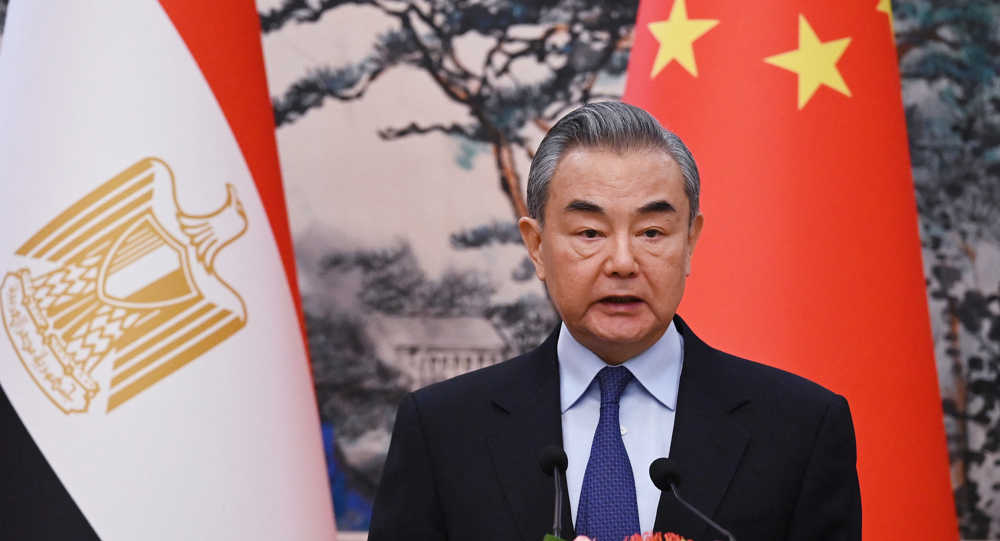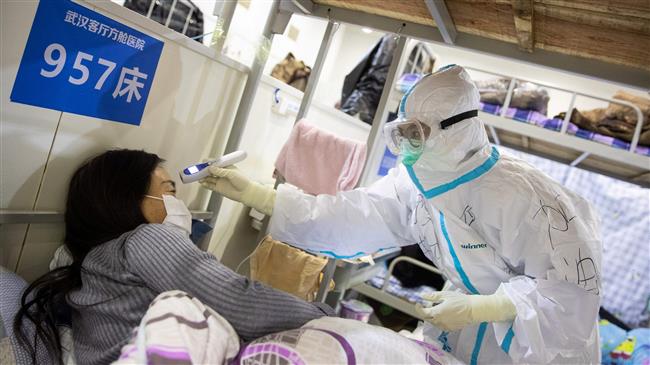China reports sharp fall in new coronavirus cases, deaths
China reported a sharp decrease in the number of new deaths and new cases of the coronavirus on Saturday, while its central bank predicted a limited short-term economic impact and said the country was confident of winning the fight against the epidemic.
Mainland China had 397 new confirmed cases of coronavirus infections on Friday, down from 889 a day earlier, with the vast majority of those in the epicenter of Hubei province, the National Health Commission said.
The 31 new infections recorded in the rest of the country was the lowest since the commission started compiling nationwide data on Jan. 20, and sharply down from 258 new cases the previous day.
But the numbers continued to rise elsewhere, with outbreaks worsening in South Korea, Italy and Iran and Lebanon, prompting a warning from the World Health Organization that the window of opportunity to contain the international spread was closing.
South Korea saw another spike in infections with 142 confirmed cases, taking its tally to 346, about half related to people who attended a church service.
Concerns about the virus weighed on US stocks on Friday, driven by an earlier spike in cases in China and data showing stalling US business activity in February.
The virus has spread to some 26 countries and territories outside mainland China, killing 11 people, according to a Reuters tally, and among the WHO’s biggest concerns was cases without links to China.
“We still have a chance to contain it,” Tedros Adhanom Ghebreyesus, WHO director-general, said on Friday. “If we don’t, if we squander the opportunity, then there will be a serious problem on our hands.”
An outbreak in northern Italy worsened with its first death, an elderly man, among 17 confirmed cases including its first known instance of local transmission.
Japan confirmed four new coronavirus cases on Saturday, among those a teacher who had shown symptoms while working at her school.
Japan is facing growing questions about whether it is doing enough to contain its spread, and unease about whether it could scupper this year’s Tokyo Olympics. Organizers of the games on Saturday postponed the start of training for volunteers.
New complications
The total number of confirmed cases in mainland China rose to 76,288, with the death toll at 2,345 as of the end of Friday. Hubei reported 106 new deaths of which 90 in Wuhan.
But new, albeit isolated findings about symptoms of the coronavirus could complicate efforts to thwart it, including the Hubei government’s announcement on Saturday that an elderly man took 27 days to show symptoms after infection, almost twice the presumed 14-day incubation period.
That follows Chinese scientists reporting that a woman from Wuhan had traveled 400 miles (675 km) and infected five relatives without showing signs of infection, offering new evidence of asymptomatical spreading.
State television on Saturday showed the arrival in Wuhan of the “blue whale”, the first of seven river cruise ships it is bringing in to house medical workers, tens of thousands of which have been sent to Hubei to contain the virus.
Senior Chinese central bank officials sought to ease global investors’ worries about the potential damage to the world’s second-largest economy from the outbreak, saying interest rates would be guided lower and that the country’s financial system and currency were resilient.
Assurances of action
Chen Yulu, a deputy governor of the People’s Bank of China, said policymakers had plenty of tools to support the economy, and that they were fully confident of winning the war against the epidemic.
“We believe that after this epidemic is over, pent-up demand for consumption and investment will be fully released, and China’s economy will rebound swiftly,” Chen told state television.
China has recently cut several key lending rates, including the benchmark lending rate on Thursday, and has urged banks to extend cheap loans to the worst-hit companies which are struggling to resume production and are running out of cash.
Some analysts believe China’s economy could contract in the first quarter from the previous three months due to the combined supply and demand shocks caused by the epidemic and strict government containment measures. On an annual basis, some warn growth could fall by as much as half from 6% in the fourth quarter.
Most expect a rebound in the spring if the outbreak can be contained soon and factories can return to normal production.
However, transport restrictions remain in many areas and while more firms are reopening, the limited data available suggests manufacturing is still running at low levels and disruptions are starting to spillover into global supply chains.
Finance leaders from the Group of 20 major economies were set to discuss risks to the world economy in Saudi Arabia this weekend.
Another center of infection has been the Diamond Princess cruise ship quarantined in Japan since Feb. 3, with more than 630 cases accounting for the biggest cluster outside China.
Four more Australian evacuated from the ship tested positive, in addition to two previously identified. A second plane with 82 Hong Kong residents returned home on Saturday and 35 British passengers were due to arrive home.
US health officials said they were preparing for the possibility of the spread of the coronavirus through communities and would force closures of schools and businesses.
The United States has 13 cases within the country and 21 among Americans repatriated on evacuation flights from Wuhan and the Diamond Princess.
(Source: Reuters)
Dec. 22: ‘Axis of Resistance’ operations against Israeli occupation
‘Abhorrent’: Oxfam says only 12 trucks delivered aid in North Gaza since Oct.
VIDEO | Leader receives religious eulogists on Hazrat Fatima birth anniv.
Pope Francis slams Israel’s ‘machine-gunning’ of Gaza children
US hostage-taking of Iranian nationals violation of intl. law: Deputy FM
VIDEO | Carol Singers for Palestine on London’s Parliament Square
Ansarullah says ‘Israeli terrorists’ incapable of confronting Yemen, warns of secret weapons
VIDEO | Yemenis praise the military for its successful operations against Israel














 This makes it easy to access the Press TV website
This makes it easy to access the Press TV website